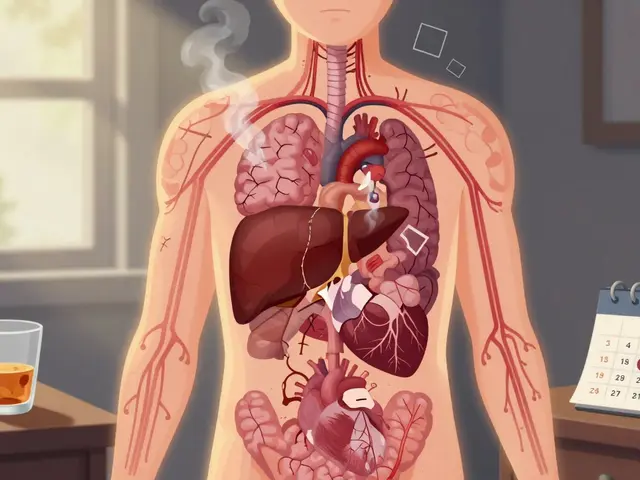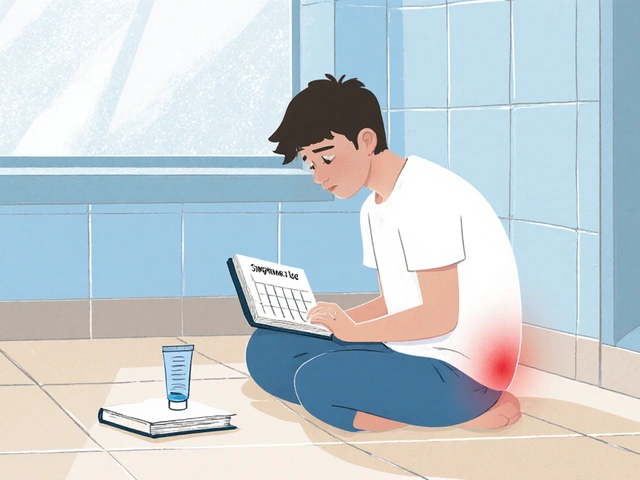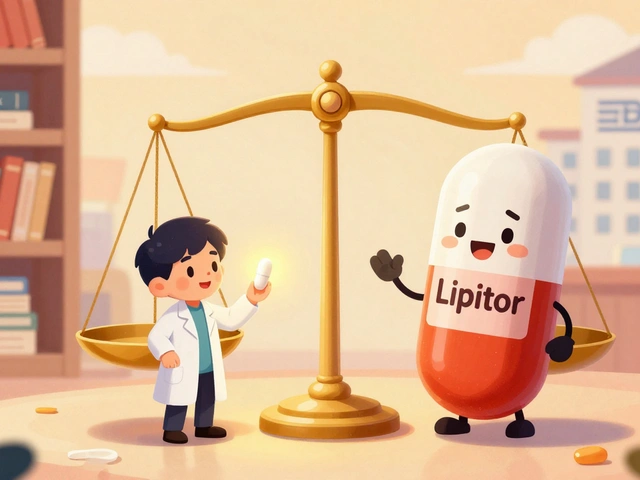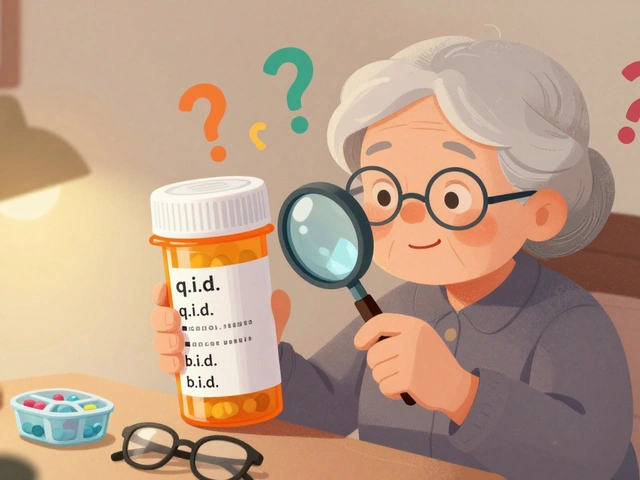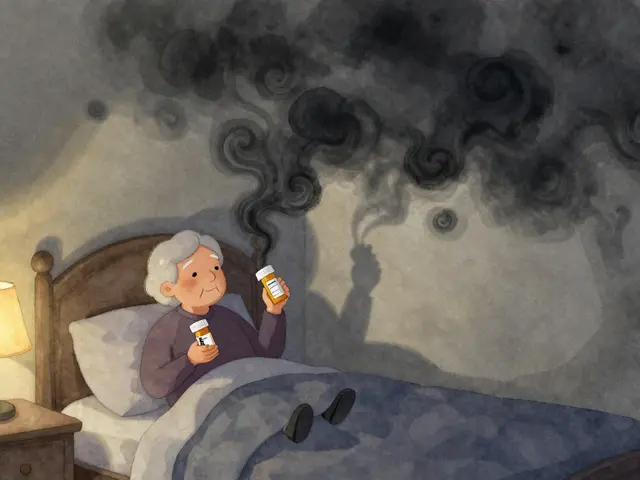Hirsutism: What It Is and How to Manage Excess Hair
If you’ve noticed thick, dark hair growing where women usually have fine peach fuzz—like the chin, chest, or back—you’re probably dealing with hirsutism. It’s not just a cosmetic issue; it can signal hormone shifts that need attention. The good news? You don’t have to live with it, and there are several ways to keep it under control.
Causes and When to Seek Help
Most cases of hirsutism trace back to too much androgen (a male‑type hormone) in the body. Conditions like polycystic ovary syndrome (PCOS), adrenal gland disorders, or even certain medications can raise androgen levels. Genetics also play a role—if your mom or aunt had excess hair growth, you might be predisposed.
Typical signs include coarse hair on the upper lip, chin, chest, abdomen, and sometimes the back of the thighs. You may also notice oily skin, acne, or irregular periods—all clues that hormones are out of balance.
When should you see a doctor? If the hair growth is sudden, severe, or accompanied by other symptoms like weight gain, menstrual changes, or deepening voice, it’s time for a check‑up. Blood tests can measure hormone levels, and an ultrasound may look for ovarian cysts.
Treatment Options That Really Work
There’s no one‑size‑fits‑all fix, but most people combine lifestyle tweaks with medical treatments to see results.
- Topical creams: Eflornithine (Vaniqa) can slow new hair growth on the face. Apply twice daily for a few weeks before you notice a change.
- Oral anti‑androgens: Spironolactone is a common prescription that blocks androgen receptors, often helping both hair and acne. Your doctor will monitor potassium levels while you’re on it.
- Birth control pills: Combination oral contraceptives regulate hormone cycles and can lower androgen production, reducing unwanted hair over several months.
- Lifestyle moves: Maintaining a healthy weight, eating a balanced diet low in refined carbs, and exercising regularly can improve insulin resistance—a key driver of PCOS‑related hirsutism.
- Hair removal methods: Laser therapy or intense pulsed light (IPL) gives longer‑lasting results than shaving or waxing. Multiple sessions are needed, but many find it worth the investment.
Start with a doctor’s evaluation to pick the right mix for you. Many people see noticeable hair reduction within three to six months of consistent treatment.
Remember, hirsutism is manageable. With the right diagnosis and a tailored plan, you can regain confidence without endless shaving or hiding behind makeup.
-
11 May

